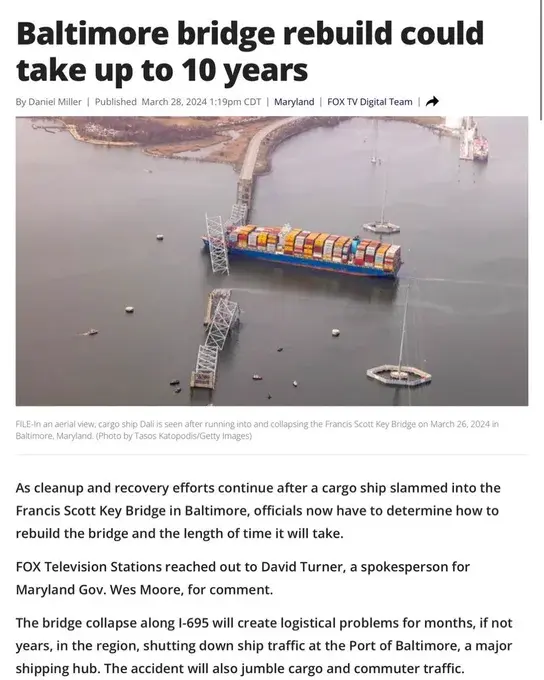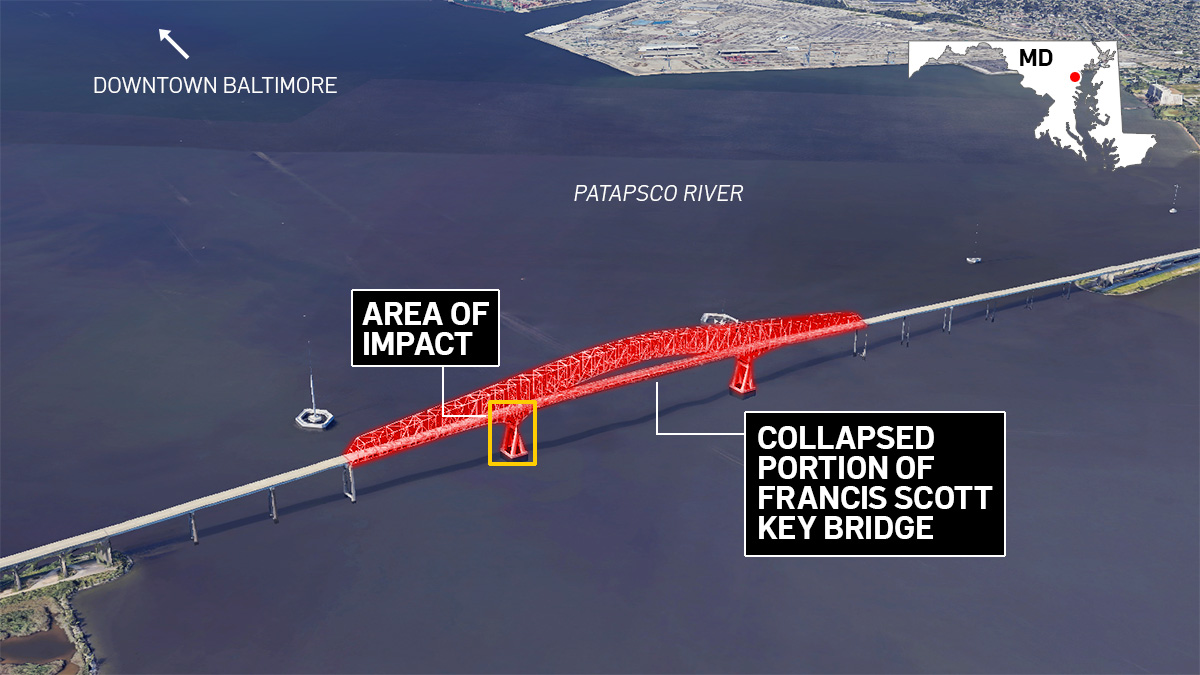this post was submitted on 29 Mar 2024
162 points (96.6% liked)
GenZedong
4302 readers
70 users here now
This is a Dengist community in favor of Bashar al-Assad with no information that can lead to the arrest of Hillary Clinton, our fellow liberal and queen. This community is not ironic. We are Marxists-Leninists.
This community is for posts about Marxism and geopolitics (including shitposts to some extent). Serious posts can be posted here or in /c/GenZhou. Reactionary or ultra-leftist cringe posts belong in /c/shitreactionariessay or /c/shitultrassay respectively.
We have a Matrix homeserver and a Matrix space. See this thread for more information. If you believe the server may be down, check the status on status.elara.ws.
Rules:
- No bigotry, anti-communism, pro-imperialism or ultra-leftism (anti-AES)
- We support indigenous liberation as the primary contradiction in settler colonies like the US, Canada, Australia, New Zealand and Israel
- If you post an archived link (excluding archive.org), include the URL of the original article as well
- Unless it's an obvious shitpost, include relevant sources
- For articles behind paywalls, try to include the text in the post
- Mark all posts containing NSFW images as NSFW (including things like Nazi imagery)
founded 4 years ago
MODERATORS
you are viewing a single comment's thread
view the rest of the comments
view the rest of the comments

Explain something to me, please, because I am unfamiliar with the locale. The bridge appears to have used a solid concrete strut and steel structure. The ship struck it at (reportedly) 15 kmh. And that was enough to collapse the whole thing. But how? There was a case in USSR of a ship hitting a bridge, and while the circumstances of the crash were different, the bridge itself is much smaller, yet stands to this day.
So why did it fold so (seemingly) easily?
That Soviet ship is 4000 tons, while this one have 115000 tons. Also from what i understand the Soviet ship hit the bridge with fairly light superstructure which got cut off. While this one here just rammed one of the central bridge support with energy enough for it to just crumble and half of the brigde fallen straight down because it lost support and the other half following soon after because losing the balance. It's clearly visible on this video, entire thing just crumpled like house of cards after the hit.
For comparison, photo of that accident in Ulyanovsk, you can clearly see the difference.
EDIT: i looked the Kuybyshev class of those ships and got a fun fact, out of 9 built, 7 are still in service and all under the old Soviet names.
Thanks!
I found a YouTube link in your comment. Here are links to the same video on alternative frontends that protect your privacy:
A pretty substantial amount of the bridge is still standing, it was the center bit that went down
Also, that ship in the USSR that hit the bridge just hit the span, not the pier. "The span cut the deck house and the cinema hall". The pier is in many ways more fragile, and also more important.
But to answer your question, the Francis Scott Key bridge was structurally deficient. It also didn't have many anti-ship defenses (like dolphins), unlike other bridges. To add on to that, the MV Dali (and most modern container ships) is really heavy, and therefore had a lot of energy, almost all of which got transferred into the bridge. Not many bridges can survive a head-on with a container ship.
Thank you for the information!
Burguer Americans say some shit like "anyone can build a bridge that stands, but only an engineer can build a bridge that barely stands". Cheaper is better right?
Honestly when I was in engineering school we where taught that we where suposed to build things that where JUST about to break (With the 10% safety margin inclided for code complance when applicable) and anything else would be wasteful over engineering
Youre ready to work at boeing, just forget about the safety margin
I guess when you give yourself regulitory approval the safety margon is waste
Well it directly hit the column, and this was a fully loaded container ship. I don't think any bridge would've survived that.
Hmm maybe I'm underestimating the size and mass of the ship in question
Keep in mind that the propaganda win here isn't that the bridge didn't survive being hit by a ship. It's that the work safety conditions, and this is on record the company that ran the port or the ship, I can't remember, the work conditions were so poor and the safety so poor and people so overworked that something like this was allowed to happen. And you tie that back in with the trained derailment and the continued overworking of the proletariat.
The Soviet ship was about 4000 tons displacement, the Mv Dali was 150,000 tons displacement. Ships have gotten massive over the last few decades so it's possible that the Baltimore bridge could have remained standing after being hit by an older, smaller, ship like the Soviet one.
The ship is fucking
YUUUUUUUUUGE